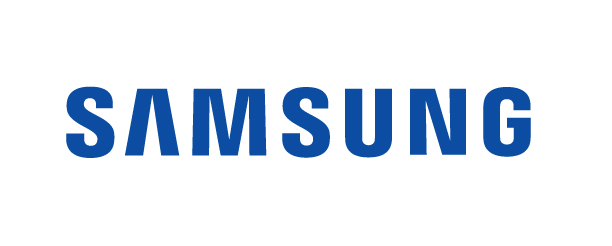Wal-Mart Stores, Inc. is the largest retailer in the world, the world’s second-largest company and the nation’s largest non-governmental employer. Wal-Mart Stores, Inc. operates retail stores in various retailing formats in all 50 states in the United States. The Company’s mass merchandising operations serve its customers primarily through the operation of three segments. The Wal-Mart Stores segment includes its discount stores, Supercenters, and Neighborhood Markets in the United States. The Sam’s club segment includes the warehouse membership clubs in the United States. The Company’s subsidiary, McLane Company, Inc. provides products and distribution services to retail industry and institutional foodservice customers. Wal-Mart serves customers and members more than 200 million times per week at more than 8,416 retail units under 53 different banners in 15 countries.… Read the rest
Management Case Studies
Management case studies are real-life examples of issues and problems found in particular workplaces or business organisations. Case study assignments give the opportunity to relate theoretical concepts to practical situations. Most case studies are written in such a way that the reader takes the place of the manager whose responsibility is to make decisions to help solve the problem. In almost all case studies, a decision must be made, although that decision might be to leave the situation as it is and do nothing.
Case Study: Samsung’s Innovation Strategy
The success of Samsung has been widely acknowledged in the last decade. Samsung, the world’s largest television producer and second largest mobile phone manufacturer, is also the largest firm of flash memory maker. Furthermore, Samsung was ranked by Fast Company Magazine to be third most innovative company in the consumer electronics. The company grew from a local industrial leader into a worldwide consumer electronics brand, with up to 261,000 employees, 14 public listed companies, 470 offices and facilities in 67 countries. Samsung was ranked as 11th world’s most innovative companies. It is one of the two Korean companies in the Top 20 companies.… Read the rest
Case Study: Why Woolworths Failed as a Business?
The British Company, Woolworths is normally categorized as a variety store dealing in retailing of a range of varying products. Historically it was established as a subsidiary of an American Company F.W. Woolworth &Co, in 1879 by Frank Winfield Woolworth It was incorporated in England on 23rd July, 1909 as private limited company with initial capital of 50,250 pound sterling. It, first time floated a new idea of selling all the products at a cost not more than five cents. This idea gained popularity amongst the customers resulting in fast growth of the subsidiary. Its first shop at Liverpool attracted about 60,000 people in first two days because of attractive one penny, three penny and six penny products put at sale.… Read the rest
Case Study on Information Systems: Brown and Gordon Auto parts
Brown and Gordon Auto parts (B&G) is the third largest auto parts manufacturer in the world. It is an autonomously run division of a large conglomerate, RST, Inc. Their head quarters and principal manufacturing facilities are in Cleveland, Ohio, but they operate plant in East Chicago, Illinois, Indianapolis, Indiana, Columbus and Cincinnati, Ohio, and South Bend, Indiana. Total annual revenues are close to $2 billion, but profits were reduced dramatically in 1989 and 1990 because of the recession and particularly because of the decline in automobile sales. Plant capacity has dropped to 60%, with a slight pickup in the fourth quarter of this year.… Read the rest
Case Study: Hospital Management System (HMS)
XO Hospital Management System
XO Infotech Ltd. has developed a core package — Hospital Management System that addresses all major functional areas of Hospital. The development environment ensures that XO HMS has the portability and connectivity to run on virtually all standard hardware platforms, with stringent data security and easy recovery in case of a system failure. XO HMS provides the benefits of streamlined operations, enhanced administration and control, improved response to patient care, cost control, and increased profitability.
Some of the Subsystem Modules in XO HMS:
Reception: The reception module handles various enquiries about the patient’s admission and discharge details, bed census, and the patient’s movements within the hospital.… Read the rest
Case Study: Management Information System at Dell
Management information system involves the information system and the organization. MIS begins where computer science ends. Computer scientists deserve accolades for developing and delivering even more advanced forms of information technology: hardware technology; software technology; and network technology. Yet because no technology implements itself, there is more to MIS than just information technology. MIS has dimensions. The four interrelated dimensions of MIS are as follows: First, MIS involves not just information technology, but also its instantiation; second, MIS involves, as reactive and inextricable elements, both an information system and its organizational context; third, MIS involves information technology as a form of intellectual technology; and fourth, MIS involves the activities of a profession or corporate function which are integral to the essence of what MIS is (Currie & Galliers, 1999).… Read the rest

